
Vertel uw vrienden over dit artikel:
The Man Who Was Thursday: a Nightmare
G K Chesterton
The Man Who Was Thursday: a Nightmare
G K Chesterton
Publisher Marketing: In Edwardian era London, Gabriel Syme is recruited at Scotland Yard to a secret anti-anarchist police corps. Lucian Gregory, an anarchistic poet, lives in the suburb of Saffron Park. Syme meets him at a party and they debate the meaning of poetry. Gregory argues that revolt is the basis of poetry. Syme demurs, insisting the essence of poetry is not revolution but law. He antagonizes Gregory by asserting that the most poetical of human creations is the timetable for the London Underground. He suggests Gregory isn't really serious about anarchism, which so irritates Gregory, that he takes Syme to an underground anarchist meeting place, revealing his public endorsement of anarchy is a ruse to make him seem harmless, when in fact he is an influential member of the local chapter of the European anarchist council. The central council consists of seven men, each using the name of a day of the week as a cover name; the position of Thursday is about to be elected by Gregory's local chapter. Gregory expects to win the election but just before, Syme reveals to Gregory after an oath of secrecy, that he is a secret policeman. Fearful Syme may use his speech in evidence of a prosecution, Gregory's weakened words fail to convince the local chapter that he is sufficiently dangerous for the job. Syme makes a rousing anarchist speech and wins the vote. He is sent immediately as the chapter's delegate to the central council. In his efforts to thwart the council, Syme eventually discovers that the other five members are also undercover detectives; each was employed just as mysteriously and assigned to defeat the Council. They soon find out they were fighting each other and not real anarchists; such was the mastermind plan of their president, Sunday. In a surreal conclusion, Sunday is unmasked as only seeming to be terrible; in fact, he is a force of good like the detectives. Sunday is unable to give an answer to the question of why he caused so much trouble and pain for the detectives. Gregory, the only real anarchist, seems to challenge the good council. His accusation is that they, as rulers, have never suffered like Gregory and their other subjects and so their power is illegitimate. Syme refutes the accusation immediately, because of the terrors inflicted by Sunday on the rest of the council. The dream ends when Sunday is asked if he has ever suffered. His last words, "can ye drink of the cup that I drink of?," is the question Jesus asks St. James and St. John in the Gospel of Mark, chapter 10, vs 38-39, to challenge their commitment in becoming his disciples. Review Citations: London Review of Books 04/09/2009 pg. 8 (EAN 9781604506204, Paperback) New Yorker (The) 07/07/2008 pg. 52 (EAN 9781604591705, Paperback) Library Journal 05/01/2008 pg. 118 (EAN 9780141033754, Paperback) New Yorker (The) 07/07/2008 pg. 52 (EAN 9780141033754, Paperback) Time 07/13/2009 pg. 54 (EAN 9780140183887, Paperback) Commonweal 12/04/2009 pg. 25 (EAN 9780140183887, Paperback) Contributor Bio: Chesterton, G K GK Chesterton was born in London in 1874 and educated at St Paul's School, before studying art at the Slade School. In 1896, he began working for the London publisher, Redway, and also T. Fisher Unwin as a reader where he remained until 1902. During this time he undertook his first freelance journalistic assignments, writing art and literary reviews. He also contributed regular columns to two newspapers: 'The Speaker' (along with his friend Hilaire Belloc) and the 'Daily News'. Throughout his life he contributed further articles to journals, particularly 'The Bookman' and 'The Illustrated London News'. His first two books, poetry collections, were published in 1900. These were followed by collections of essays and in 1903, and his most substantial work to that point, a study of 'Robert Browning'. Chesterton's first novel, 'The Napoleon of Notting Hill' was published in 1904. In this book he developed his political attitudes in which he attacked socialism, big business and technology and showed how they become the enemies of freedom and justice. These were themes which were to run throughout his other works. 'The Man who was Thursday' was published in 1908 and is perhaps the novel most difficult to understand, although it is also his most popular. 'The Ball and the Cross' followed in 1910 and 'Manalive' in 1912. Chesterton's best-known fictional character appears in the Father Brown stories, the first of the collection, 'The Innocence of Father Brown', being published in 1911. Brown is a modest Catholic priest who uses careful psychology to put himself in the place of the criminal in order to solve the crime. His output was prolific, with a great variety of books from brilliant studies of 'Dickens', 'Shaw', and 'RL Stevenson' to literary criticism. He also produced more poetry and many volumes of political, social and religious essays. Tremendous zest and energy, with a mastery of paradox, puns, a robust humour and forthright devotion along with great intelligence characterise his entire output. In the years prior to 1914 his fame was at its height, being something of a celebrity and seen as a latter day Dr Johnson as he frequented the pubs and offices of Fleet Street. His huge figure was encased in a cloak and wide brimmed hat, with pockets full of papers and proofs. Chesterton came from a nominally Anglican family and had been baptized into the Church of England. However, at that point he had no particular Christian belief and was in fact agnostic for a time. Nevertheless, in his late twenties he began to explore the possibility of a religious belief for himself, which he then discovered already existed as orthodox Christianity. In 1896, he had also met Frances Alice Blogg, marrying in 1901. She was a devout Anglican and her beliefs strengthened his Christian convictions. In 1922 he converted to Catholicism and he explores his belief in many works, the best known of which is 'Orthodoxy', his personal spiritual odyssey. In some ways, 'Orthodoxy' was an answer to earlier criticisms received after the 1905 publication of 'Heretics', which was a collection of studies of the then contemporary writers. The complaint was made that Chesterton discussed these writers' attitudes to life, but offered nothing in respect of himself. He was an ebullient character, absent-minded, but quick-witted and will be remembered as one of the most colourful and provocative writers of his day. G. K. Chesterton died in 1936. Contributor Bio: Classics, 510 Lyman Frank Baum (May 15, 1856 - May 6, 1919), better known by his pen name L. Frank Baum, was an American author chiefly known for his children's books, particularly The Wonderful Wizard of Oz. He wrote thirteen novel sequels, nine other fantasy novels, and a host of other works (55 novels in total, plus four "lost works," 83 short stories, over 200 poems, an unknown number of scripts, and many miscellaneous writings), and made numerous attempts to bring his works to the stage and screen. His works anticipated such century-later commonplaces as television, augmented reality, laptop computers (The Master Key), wireless telephones (Tik-Tok of Oz), women in high risk, action-heavy occupations (Mary Louise in the Country), and the ubiquity of advertising on clothing (Aunt Jane's Nieces at Work).
| Media | Boeken Paperback Book (Boek met zachte kaft en gelijmde rug) |
| Vrijgegeven | 14 september 2015 |
| ISBN13 | 9781517341510 |
| Uitgevers | Createspace |
| Genre | Cultural Region > British Isles |
| Pagina's | 194 |
| Afmetingen | 152 × 229 × 10 mm · 267 g |
Meer door G K Chesterton
Anderen hebben ook gekocht
Meer uit deze serie
Bekijk alles van G K Chesterton ( bijv. Paperback Book , Hardcover Book , CD , MP3-CD en MERCH )


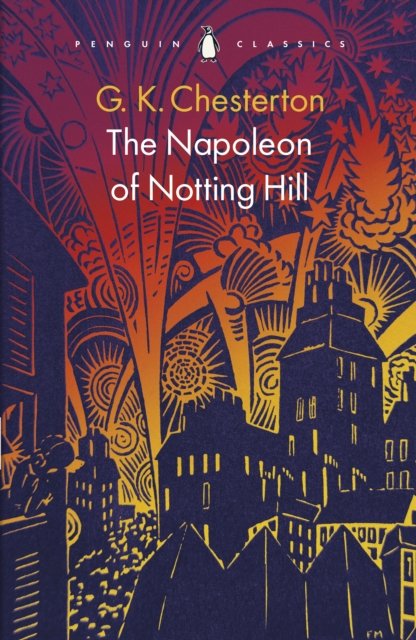
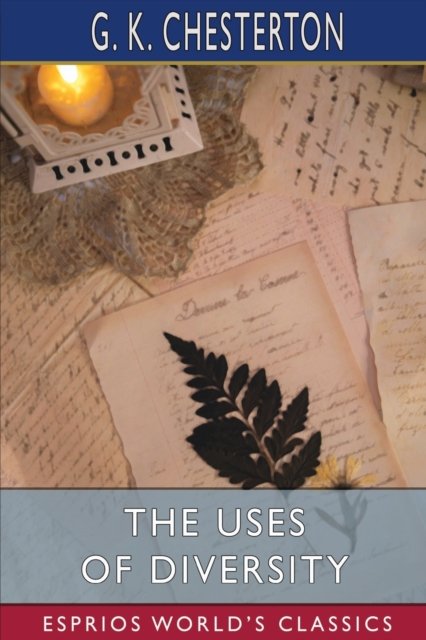
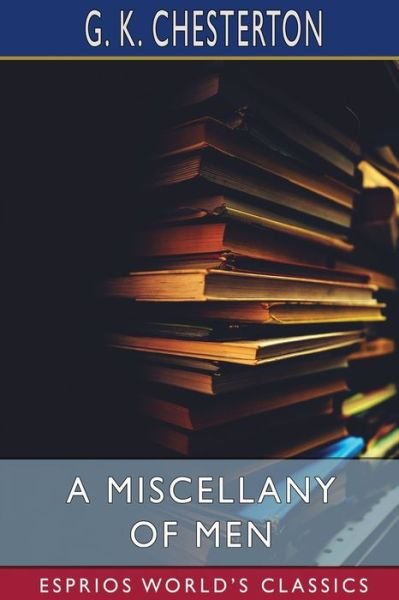
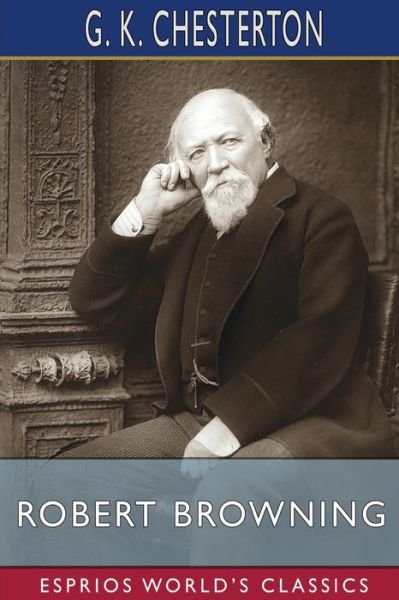
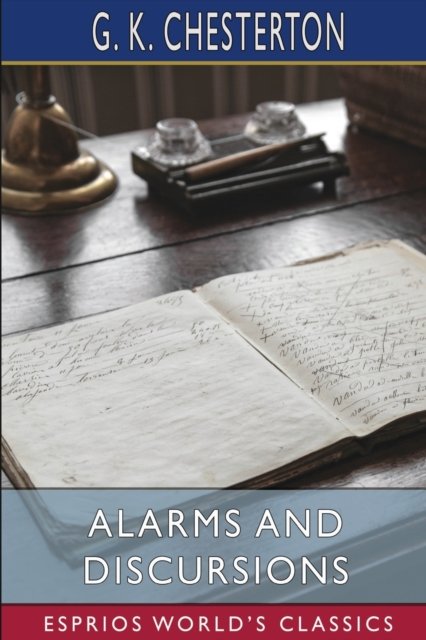
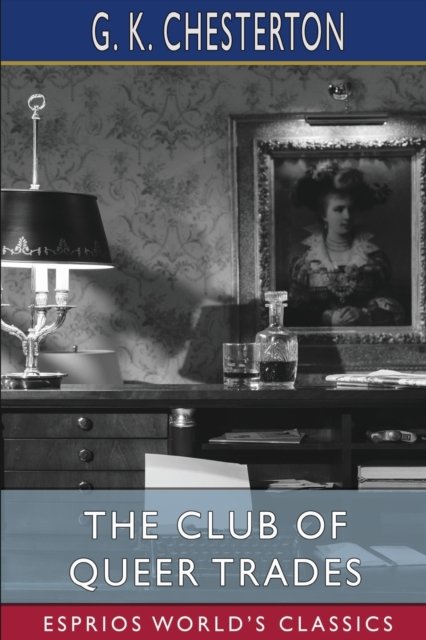
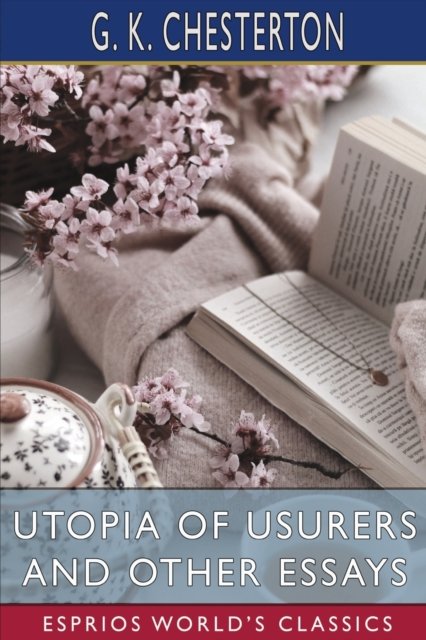
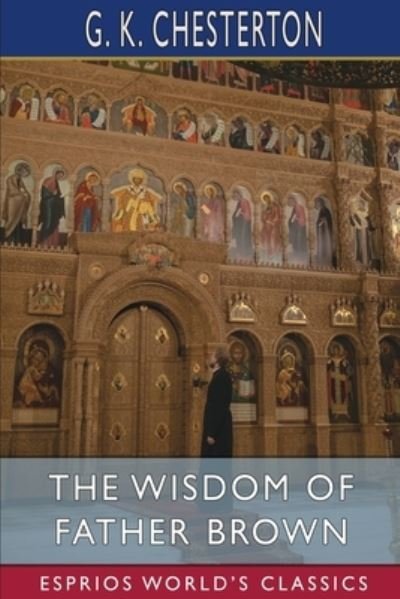
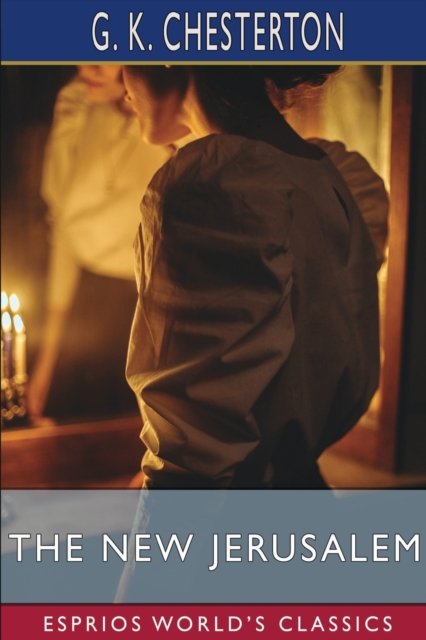
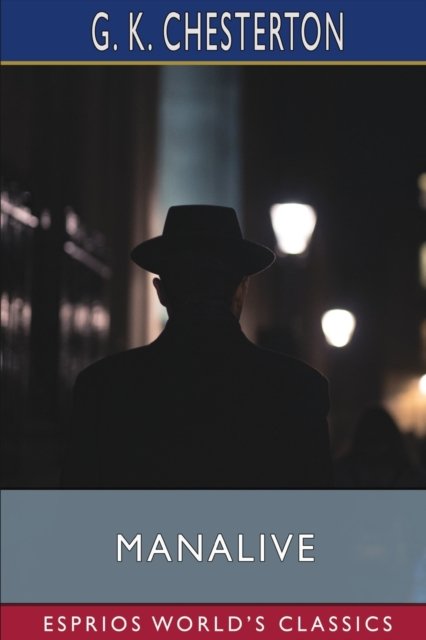
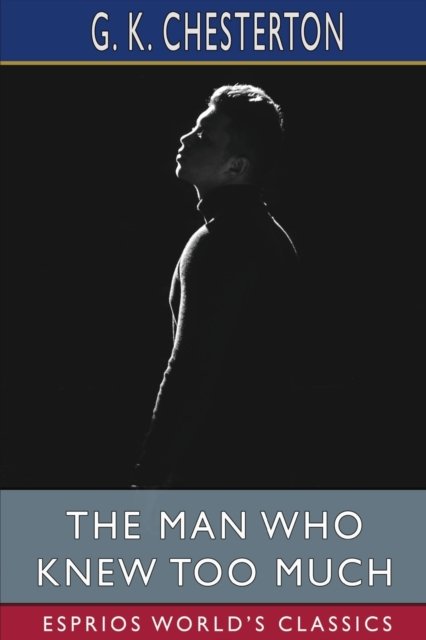

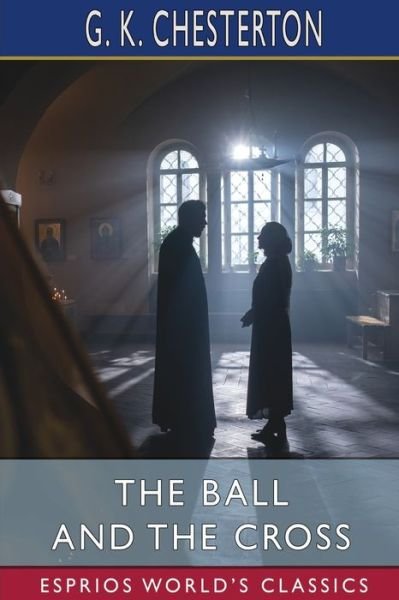
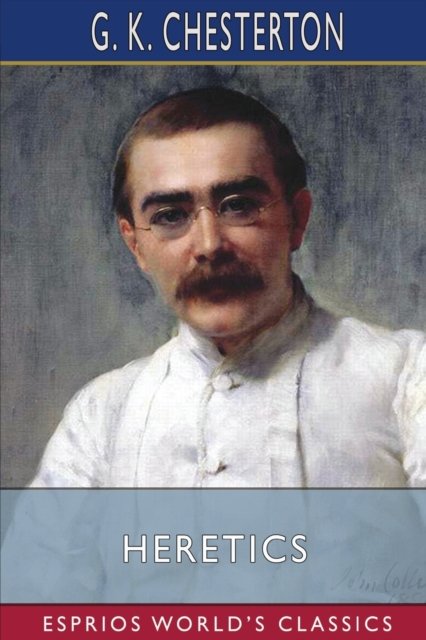
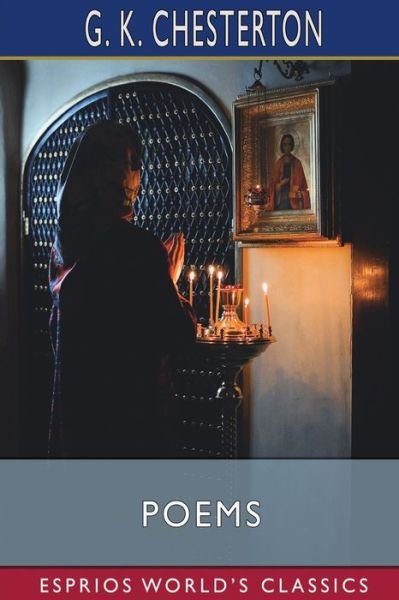
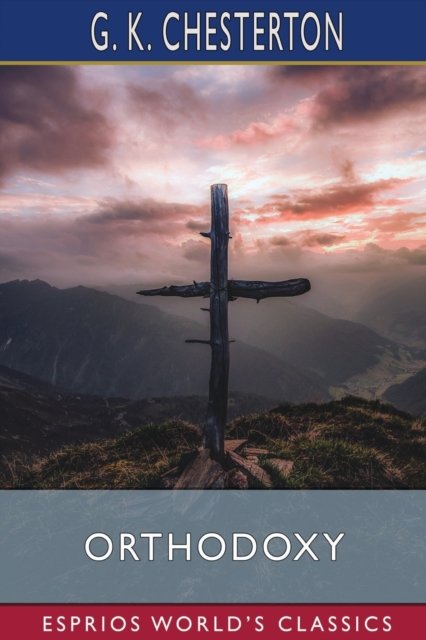
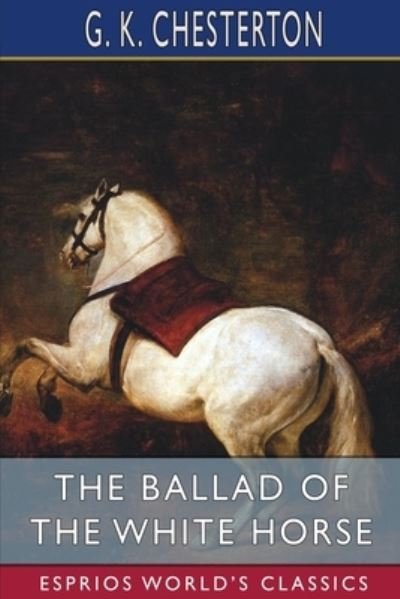
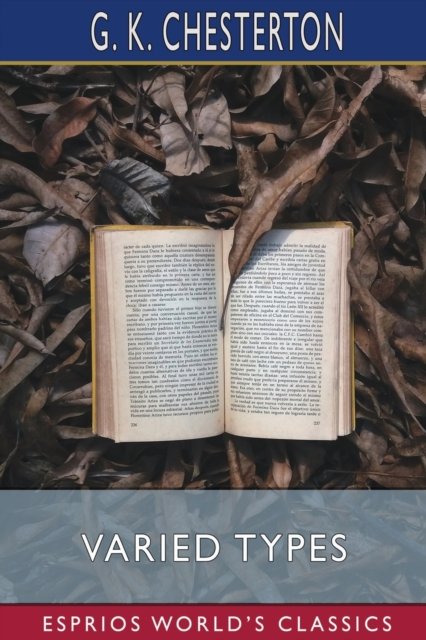

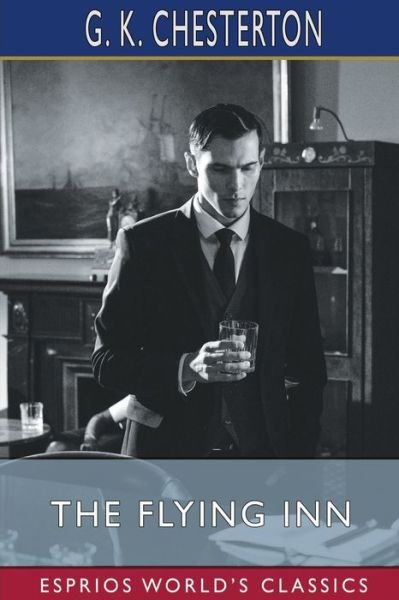

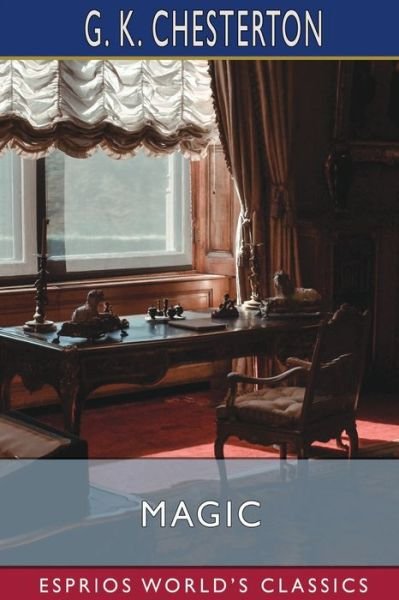
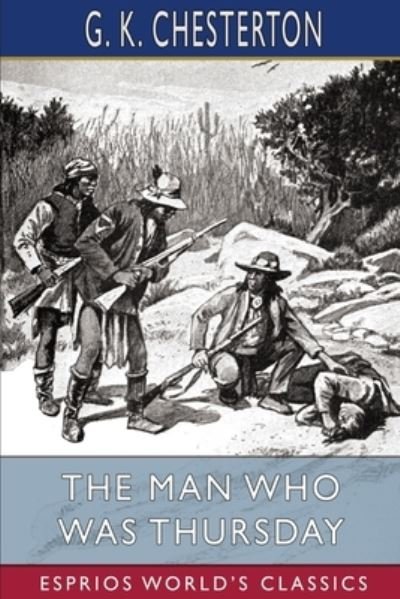

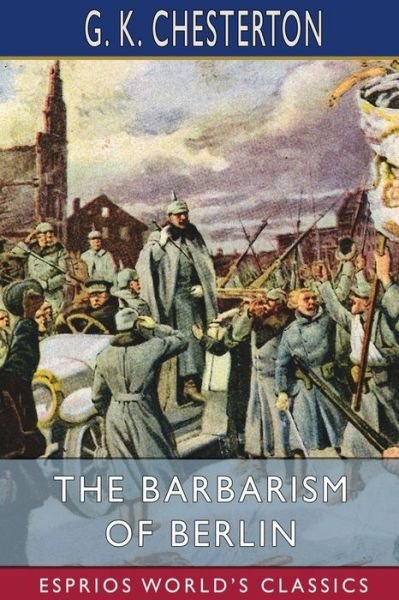
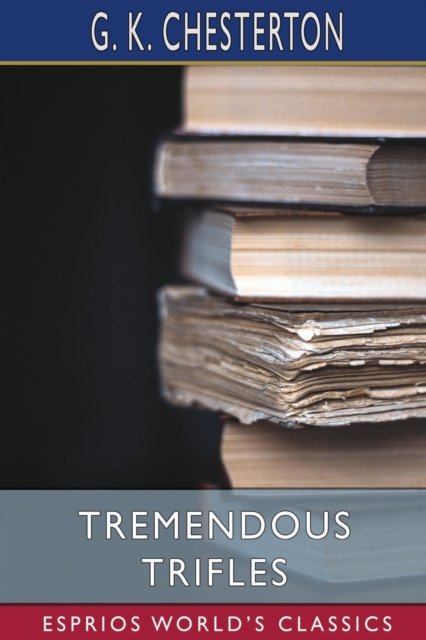
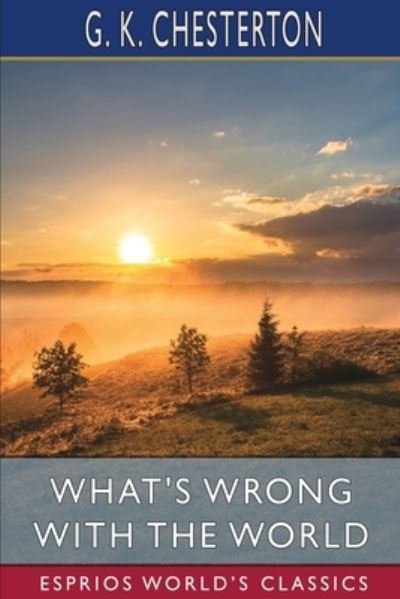

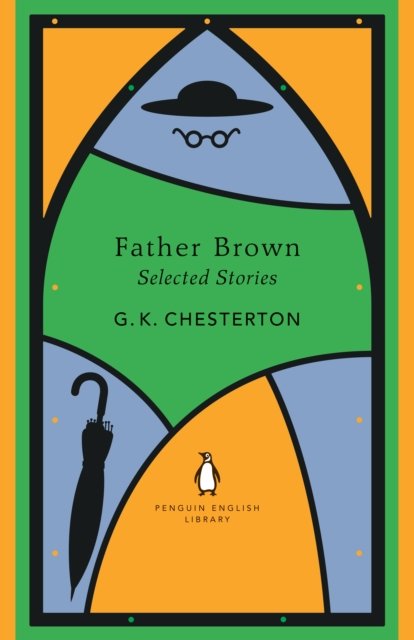
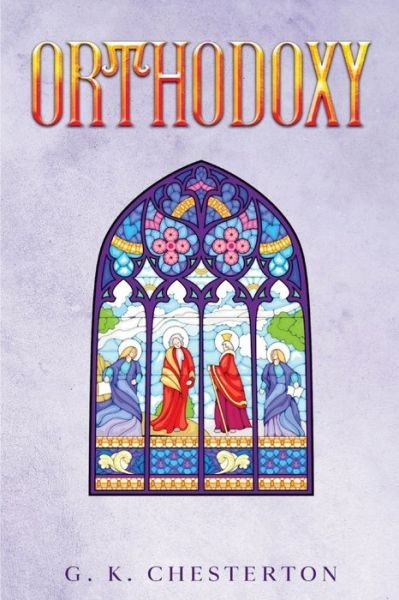

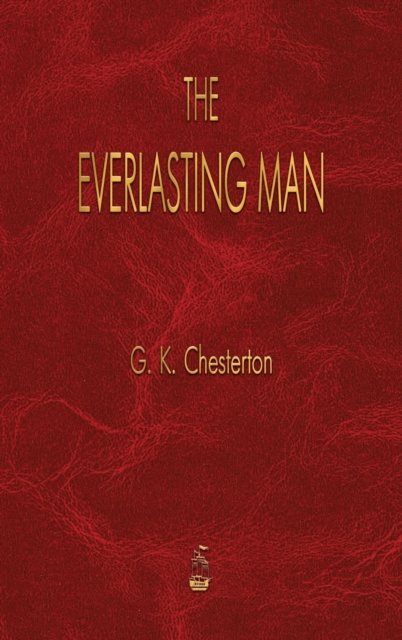

![Cover for Hans Scherfig · Gyldendals Paperbacks: Det forsømte forår (Book) [8e uitgave] [Paperback] (2005)](https://imusic.b-cdn.net/images/item/original/531/9788702040531.jpg?hans-scherfig-2005-gyldendals-paperbacks-det-forsoemte-foraar-book&class=scaled&v=1335650419)
![Cover for Bill Watterson · Steen & Stoffer, 3: Steen & Stoffer 3: Lapmarkens helte (Sewn Spine Book) [1e uitgave] (2008)](https://imusic.b-cdn.net/images/item/original/569/9788770853569.jpg?bill-watterson-2008-steen-stoffer-3-steen-stoffer-3-lapmarkens-helte-sewn-spine-book&class=scaled&v=1336168831)
![Cover for Bill Watterson · Steen & Stoffer, 4: Steen & Stoffer 4: Varyler fra en anden verden (Sewn Spine Book) [1e uitgave] (2008)](https://imusic.b-cdn.net/images/item/original/583/9788770853583.jpg?bill-watterson-2008-steen-stoffer-4-steen-stoffer-4-varyler-fra-en-anden-verden-sewn-spine-book&class=scaled&v=1448039974)
![Cover for Bill Watterson · Steen & Stoffer, 5: Steen & Stoffer 5: Hjemlig psyke (Sewn Spine Book) [1e uitgave] (2009)](https://imusic.b-cdn.net/images/item/original/675/9788770853675.jpg?bill-watterson-2009-steen-stoffer-5-steen-stoffer-5-hjemlig-psyke-sewn-spine-book&class=scaled&v=1448039974)
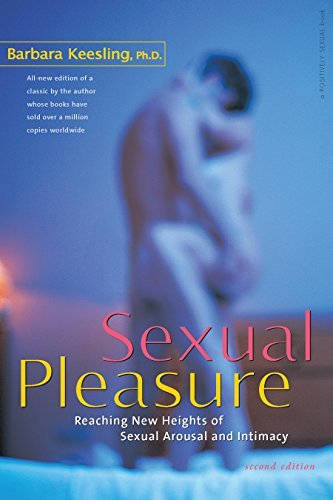

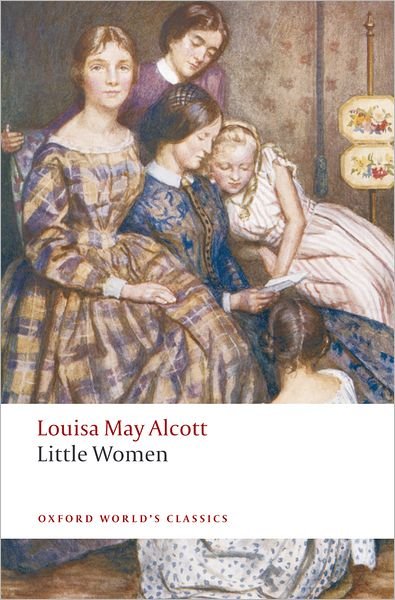
![Cover for Ann Radcliffe · The Italian - Oxford World's Classics (Paperback Book) [3 Revised edition] (2017)](https://imusic.b-cdn.net/images/item/original/430/9780198704430.jpg?ann-radcliffe-2017-the-italian-oxford-world-s-classics-paperback-book&class=scaled&v=1490001222)
![Cover for Horace Walpole · The Castle of Otranto: A Gothic Story - Oxford World's Classics (Paperback Book) [3 Revised edition] (2014)](https://imusic.b-cdn.net/images/item/original/447/9780198704447.jpg?horace-walpole-2014-the-castle-of-otranto-a-gothic-story-oxford-world-s-classics-paperback-book&class=scaled&v=1412829508)
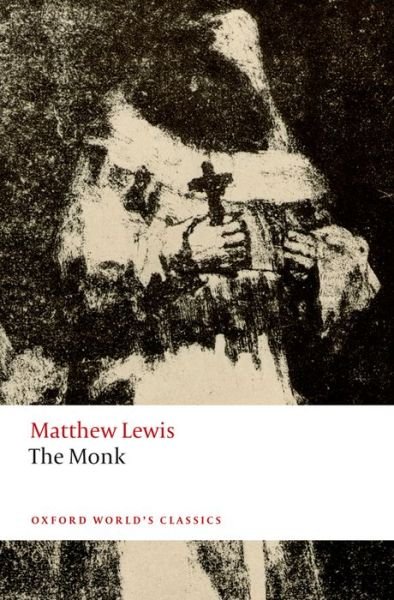
![Cover for Mary Wollstonecraft Shelley · Frankenstein: or `The Modern Prometheus': The 1818 Text - Oxford World's Classics (Paperback Book) [3 Revised edition] (2019)](https://imusic.b-cdn.net/images/item/original/824/9780198840824.jpg?mary-wollstonecraft-shelley-2019-frankenstein-or-the-modern-prometheus-the-1818-text-oxford-world-s-classics-paperback-book&class=scaled&v=1571701246)
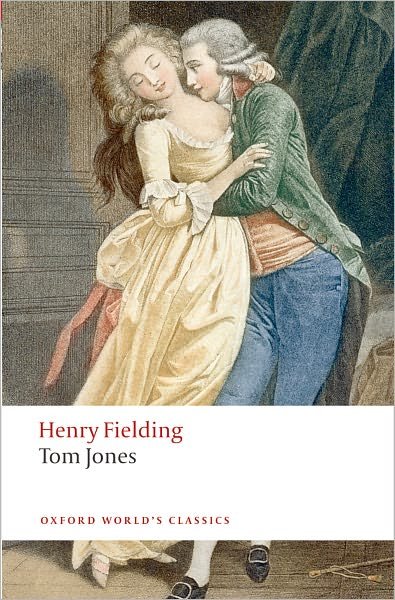
![Cover for Bill Watterson · Steen & Stoffer: Steen & Stoffer 11: Det er vildt derude (Sewn Spine Book) [1e uitgave] (2012)](https://imusic.b-cdn.net/images/item/original/801/9788770854801.jpg?bill-watterson-2012-steen-stoffer-steen-stoffer-11-det-er-vildt-derude-sewn-spine-book&class=scaled&v=1381096816)
